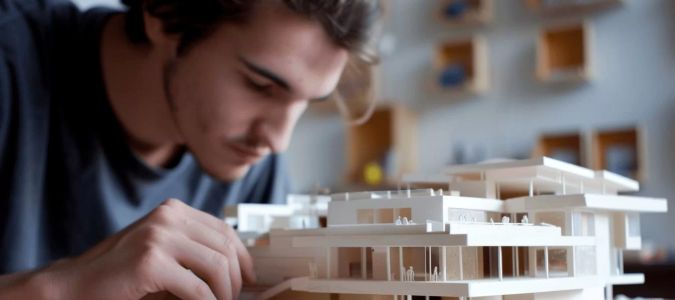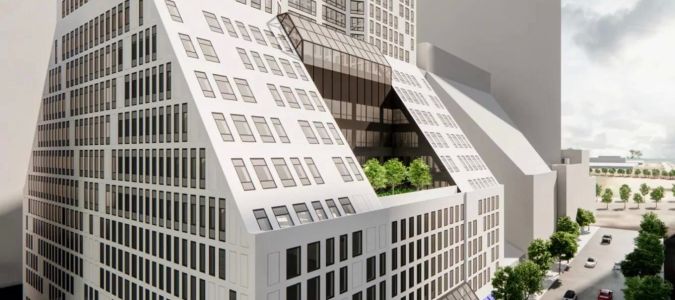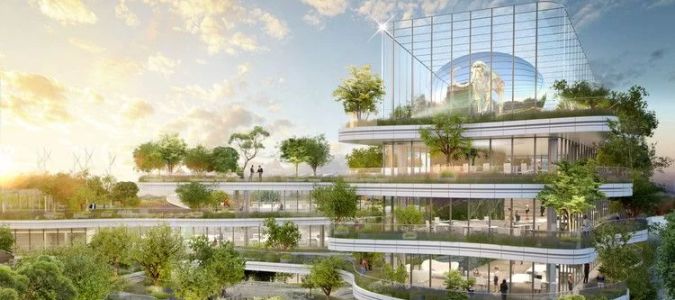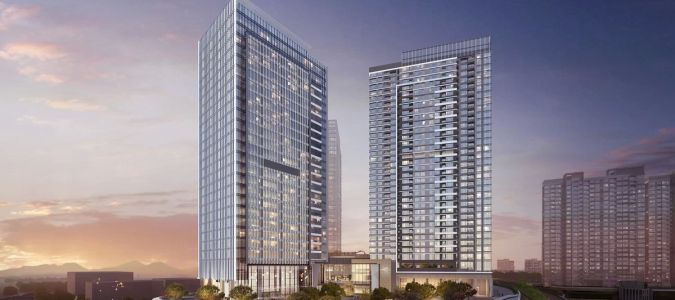Sustainable Architecture Practices for Energy-Efficient Buildings
- Why Sustainability Matters in Architecture
- Core Principles of Green Design
- Real-World Examples of Energy-Efficient Buildings
- How to Implement Energy Efficiency in Your Building
- The Benefits of Sustainable Architecture
- Take the Next Step: Make Your Building More Sustainable
Why Sustainability Matters in Architecture
Sustainable architecture has become a cornerstone of modern design, particularly when it comes to energy-efficient buildings. With the increasing urgency of combating climate change and reducing energy consumption, architects are now focusing more than ever on creating structures that use resources more efficiently and sustainably.
Not only does sustainable design help mitigate environmental impacts, but it also leads to significant financial savings in the long term. By adopting energy-efficient practices, buildings can reduce operational costs, improve indoor air quality, and contribute positively to the surrounding community.
Core Principles of Green Design
Green design, or sustainable architecture, is guided by several key principles that prioritize energy efficiency, resource conservation, and minimal environmental impact. Here are the fundamental pillars of sustainable architecture:
- Energy Efficiency: Utilizing renewable energy sources, efficient heating and cooling systems, and insulation techniques that minimize energy use.
- Material Sustainability: Using materials that are recyclable, locally sourced, or have minimal environmental impact, such as bamboo, reclaimed wood, and eco-friendly concrete.
- Water Conservation: Incorporating water-saving technologies like low-flow fixtures and rainwater harvesting systems to reduce water usage.
- Indoor Environmental Quality: Ensuring good ventilation, natural light, and non-toxic materials for healthy indoor spaces.
- Waste Reduction: Designing buildings that reduce waste during construction and operate efficiently to minimize waste generation over time.
Real-World Examples of Energy-Efficient Buildings
Many innovative projects around the world are setting examples of how energy-efficient buildings can make a real difference. Here are a few standout examples:
- The Edge, Amsterdam: Known as one of the greenest office buildings in the world, The Edge features solar panels, an advanced heating and cooling system, and energy-efficient lighting.
- The Bullitt Center, Seattle: Dubbed the "Greenest Commercial Building," this office building generates its own power through solar energy, captures rainwater, and uses materials with low environmental impact.
- One Central Park, Sydney: This mixed-use development features green rooftops, wind turbines, and an innovative water recycling system that makes it a model of energy efficiency in urban settings.
These projects illustrate that sustainable design not only works in theory but can also be implemented in real-world settings to create buildings that are both energy-efficient and eco-friendly.
How to Implement Energy Efficiency in Your Building
Implementing energy-efficient design in your own building requires careful planning and consideration of several factors. Here’s how you can get started:
- Assess Energy Use: Conduct an energy audit to understand where energy is being consumed most and identify areas for improvement.
- Invest in Insulation: Proper insulation is crucial to maintaining a consistent temperature and reducing the energy required for heating and cooling.
- Utilize Renewable Energy: Consider integrating solar panels, wind turbines, or other renewable energy sources to reduce dependence on fossil fuels.
- Upgrade Lighting: Switch to LED lights and incorporate natural lighting wherever possible to reduce energy consumption.
- Choose Energy-Efficient Appliances: Select appliances and systems that are ENERGY STAR rated to ensure they meet high efficiency standards.
The Benefits of Sustainable Architecture
Adopting sustainable architecture practices comes with a multitude of benefits:
- Cost Savings: Energy-efficient buildings often lead to lower utility bills and reduced maintenance costs.
- Environmental Impact: Sustainable buildings have a much lower carbon footprint, helping to combat climate change.
- Improved Health: A focus on air quality, natural light, and non-toxic materials leads to healthier living and working environments.
- Increased Property Value: Green buildings are often more attractive to tenants and buyers, especially in markets that prioritize sustainability.
Take the Next Step: Make Your Building More Sustainable
If you’re interested in learning more about sustainable architecture and how it can help you build an energy-efficient building, there are plenty of resources available. At 10 Jay Street, we offer consulting services and innovative products designed to help you incorporate green design principles into your building projects.
Don’t wait—start making a positive impact today. Click here to learn more and explore how our solutions can help you achieve energy efficiency and sustainability in your building projects.








